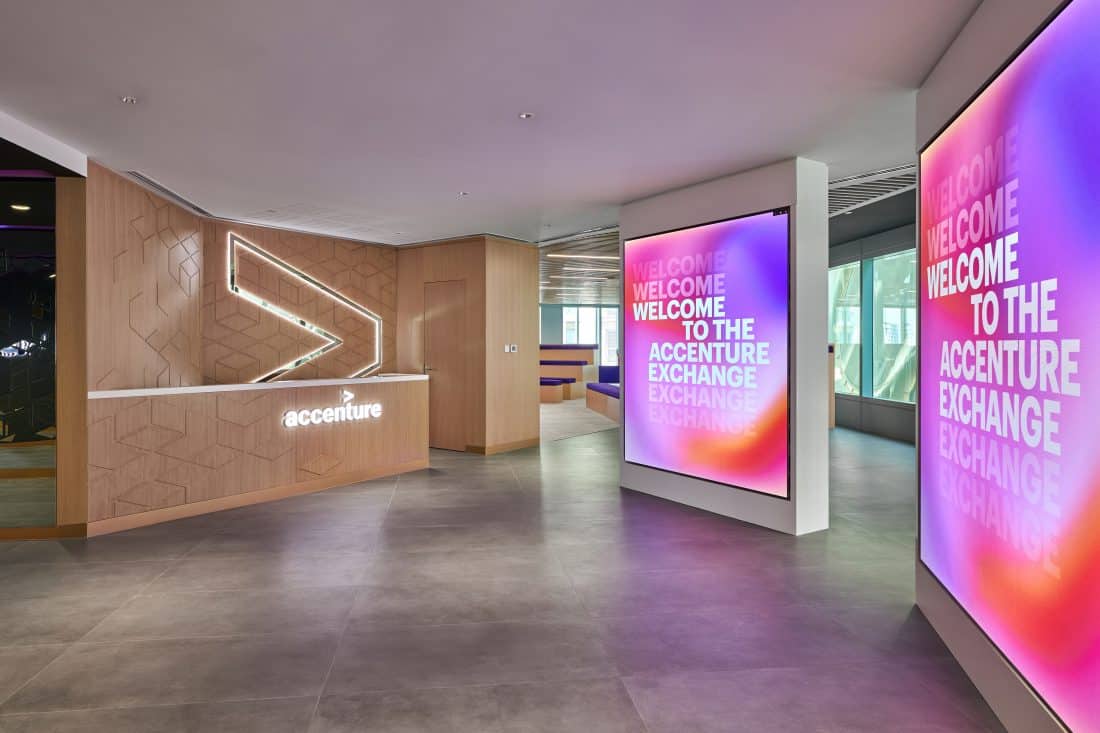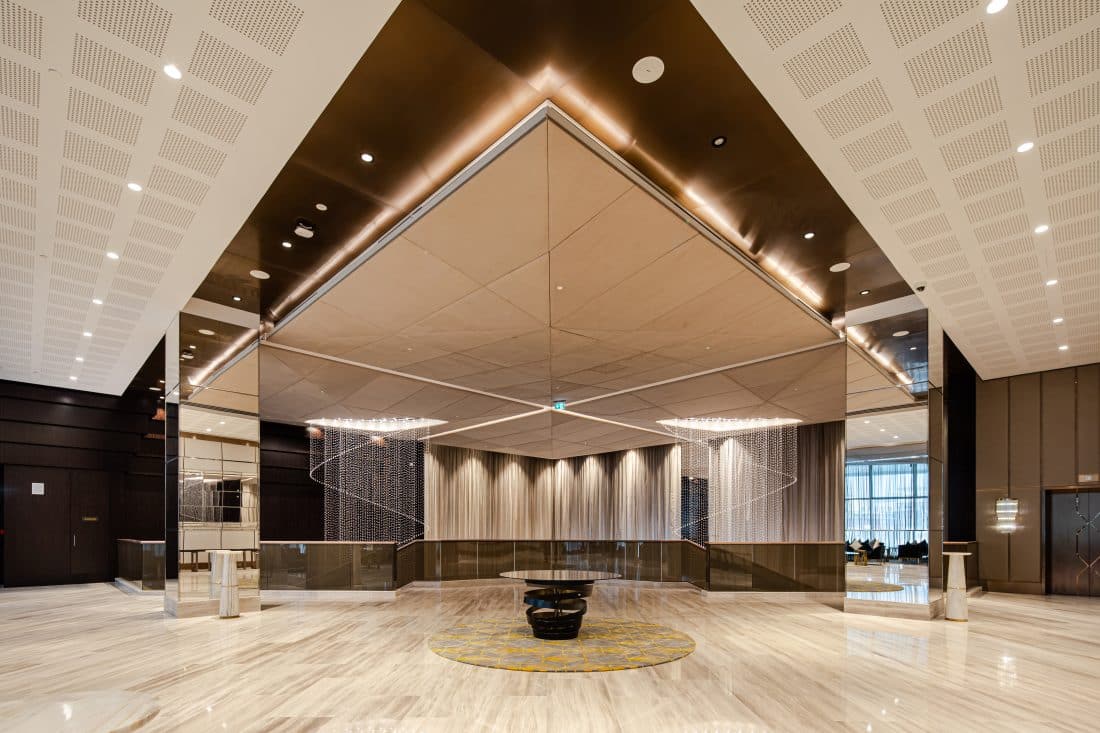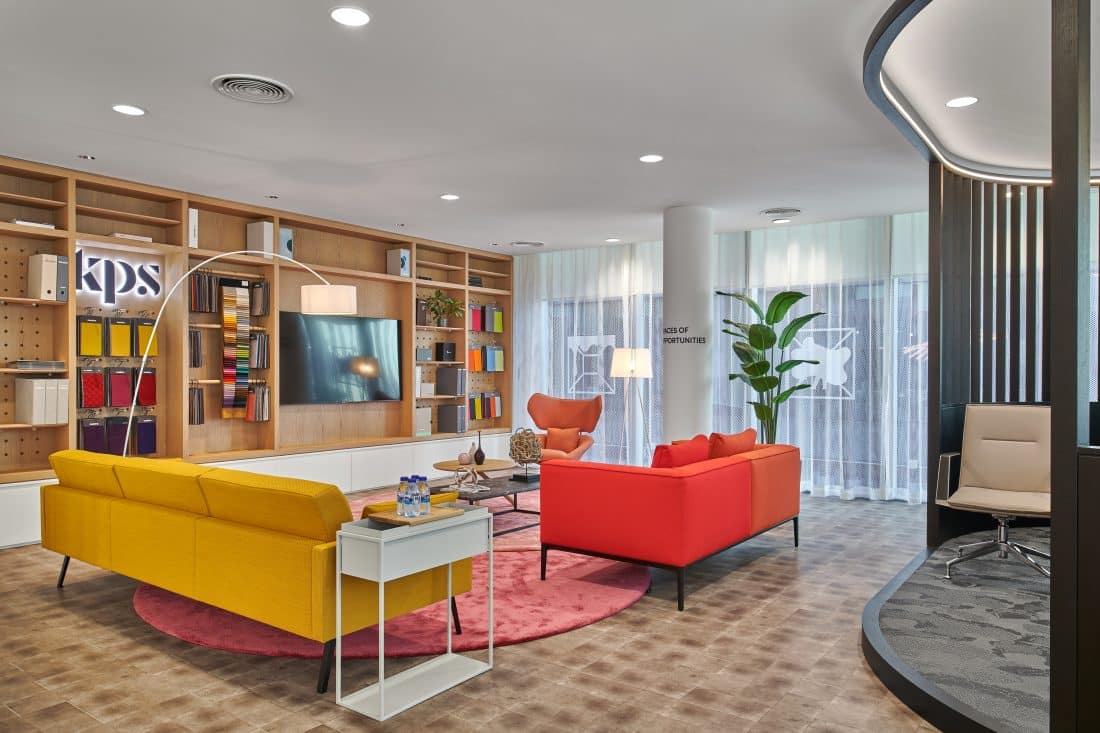 Stephen Taylor, managing director of KPS UAE, discusses how connected construction will enable the interiors sector to unlock new value.
Stephen Taylor, managing director of KPS UAE, discusses how connected construction will enable the interiors sector to unlock new value.
Construction is one of the world’s largest industries and major construction projects are some of the clearest signs of rapid progress, as the Middle East evolves into a primarily knowledge-based regional economy. However, large construction projects are notoriously difficult to manage anywhere in the world. They must bring together and coordinate supply chains, contractors, suppliers, equipment, and labour, all within predetermined budgets and timelines. Managing this process manually is practically impossible, but the adoption rate of digital tools in the construction sector lies far behind almost every other modern industry. Because many companies in our sector are still attempting to manage complex workflows by hand, customers are frequently frustrated by completion delays and budget overruns.

Building Information Modelling
The use of Building Information Modelling (BIM) software improves collaboration because each specialist area can add their inputs to the same 3D digital model, instead of the information being broken out onto multiple versions of a paper drawing. This way, the model evolves immediately as people contribute; a change made once is a change made everywhere. Everyone is looking at the same single source of truth at the same time, whether they are onsite at one of our interior construction projects, in our Dubai HQ, or in one of our client’s offices in London or Frankfurt. Combined with regular 3D scans of the project site, it allows our clients to follow every detail of their project remotely without ever visiting the worksite, even from overseas. BIM also helps with problem-solving in the design and planning stages of a project, by automating clash detection and providing a more complete picture of the project. In the UK, BIM is already mandatory for government construction projects, and it is fast becoming so for large-scale projects in other markets including the UAE, Hong Kong, France, South Korea, Germany, and Italy.

Data collection apps
The increased portability of tablets and smartphones allow for easier communication and the ability to work from anywhere. Data collection apps are helping to gather faster, more accurate and higher-quality data from our project sites, to create significant time savings and reduced data entry errors. Data collection workflows can be automated, so the submission of one form triggers another form to be sent, and so on until a task is completed with all the necessary approvals.
Virtual reality and wearables
Virtual reality technology can be integrated with BIM to help better understand complex projects. You can create a workspace design with BIM and then can use VR to walk around it. This can give our clients an even more realistic idea of what the project will look like once completed and helps to avoid changes and delays further down the line.
3D printing
In the near future, 3D printing has the potential to change much of our material sourcing. Prefabricated materials Stephen Taylor is the managing director of KPS in the UAE, a technology-led and design-focussed interior contractor with over 500 staff and a presence in nine countries across the Middle East and Europe. for a project can be printed and then transported to the job site, ready for use immediately. This can allow us to remove unnecessary steps and get the materials faster. With everyone on a project aligned and using the same set of information and communicating seamlessly, it becomes easier to minimise changes, address risks, and improve time and cost issues. These changes will affect more than just our day-to-day operations; they will shift the entire approach to creating and managing construction projects in many ways that are still hard to predict.








